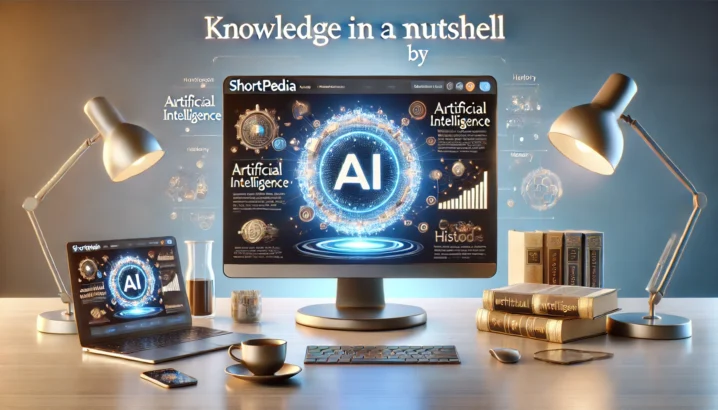Uncrewed Spacecraft: A Journey Through Automation and Innovation
Imagine the vast expanse of space as a grand stage where human ingenuity meets the unknown. Uncrewed spacecraft, often referred to as robotic spacecraft, are the silent actors in this cosmic drama. These vehicles, devoid of human presence, embark on missions that range from simple reflector balls to complex landers and rovers. Have you ever wondered who or what is behind these unmanned explorers? The answer lies in the hands of engineers and scientists who design them with a blend of autonomy and remote control.
The Dawn of Uncrewed Missions
Our journey into space began with the Soviet Union’s launch of the first robotic spacecraft on July 22, 1951. This suborbital flight carried two dogs, marking the beginning of a new era in space exploration. Just over six years later, on October 4, 1957, the USSR launched Sputnik 1, the world’s first artificial satellite. This event not only changed the course of history but also sparked what became known as the Space Race between the United States and the Soviet Union.
Notable Milestones
The United States responded with its own satellites, starting with Explorer 1 on January 31, 1958. The USSR continued to make significant strides, launching Sputnik 2 and carrying Laika, the first living being in orbit, on November 3rd of that same year. These early missions laid the groundwork for future robotic explorers.
Designing Uncrewed Spacecraft
In spacecraft design, the United States Air Force considers a vehicle to consist of two main parts: the mission payload and the bus (or platform). The bus provides physical structure, thermal control, electrical power, attitude control, and telemetry. This system ensures that the spacecraft can withstand the harsh conditions of space while maintaining its orientation and communicating with Earth.
Flight System Subsystems
The flight system of a spacecraft is divided into several subsystems by JPL. One crucial subsystem is the data handling or command and data subsystem, which stores commands, maintains the clock, collects telemetry data, and mission data. This ensures that the spacecraft operates correctly despite external disturbances like gravity gradients, magnetic fields, solar radiation, and aerodynamic drag.
Integrated Sensing
Integrated sensing is another vital component of robotic spacecraft, especially in planetary exploration missions. It relies on pre-recorded information and cameras to determine location and assess hazards. This system helps the spacecraft navigate hazardous terrain by estimating its position, performing real-time hazard assessment, and adjusting trajectories as needed.
Landing on Hazardous Terrain
When it comes to landing on hazardous terrain, three key parts are essential: entry into a gravity field and atmosphere, descent to a targeted region, and safe landing. The spacecraft must accurately estimate its position for reliable control, perform real-time hazard assessment, and possess precise knowledge of location, hazards, and intended destination.
Telecommunications Subsystem
The telecommunications subsystem includes radio antennas, transmitters, and receivers. These components are crucial for maintaining communication with Earth, ensuring that data is transmitted back to scientists and researchers. The supply of electric power on spacecraft comes from photovoltaic cells or radioisotope thermoelectric generators, with additional components like batteries and distribution circuitry.
Temperature Control
Temperature control in space is achieved through various means, including insulation, mirrors, sunshades to reduce solar heating, and shielding from micrometeoroids and orbital debris. These measures ensure that the spacecraft remains operational despite extreme temperature fluctuations.
Spacecraft Propulsion
Spacecraft propulsion involves generating thrust to travel through space. Rocket engines are commonly used, relying on Newton’s Third Law for propulsion. Monopropellant systems use a single chemical, while bipropellant systems require both oxidizer and fuel lines. Ion propulsion systems generate thrust by electron bombardment or ion acceleration, making them efficient but requiring significant electrical power.
Deployment Mechanisms
Mechanical components often need to be moved for deployment after launch or prior to landing. Motors and pyrotechnic devices are used to control these movements, ensuring that the spacecraft can perform its mission effectively.
Robotic vs. Uncrewed Spacecraft
While robotic spacecraft are designed for specific hostile environments, uncrewed spacecraft operate without personnel, either automatically or with remote control. Robotic spacecraft use telemetry to radio back data and vehicle status information. Increased autonomy is crucial for distant probes due to light travel time constraints.
Space Probes and Observatories
A space probe is a robotic spacecraft that explores outer space with scientific instruments onboard. These probes can approach the Moon, travel through interplanetary space, or flyby, orbit, land on planetary bodies, or enter interstellar space. They send data to Earth and can gather materials.
Cargo or Resupply Spacecraft
Resupply spacecraft are robotic vehicles that transport supplies to space stations. These have been servicing stations since 1978, including Salyut 6, Mir, the International Space Station (ISS), and Tiangong space station. The ISS relies on Progress, Cargo Dragon 2, and Cygnus for supply, while China’s Tiangong uses Tianzhou.
As we continue to explore the cosmos, uncrewed spacecraft remain at the forefront of our quest for knowledge. From the first robotic missions in the early days of space exploration to the sophisticated probes and observatories of today, these silent explorers have opened new doors to understanding our universe. The future holds even more exciting possibilities as technology advances and we push the boundaries of what is possible.

You want to know more about Uncrewed spacecraft?
This page is based on the article Uncrewed spacecraft published in Wikipedia (retrieved on March 15, 2025) and was automatically summarized using artificial intelligence.





